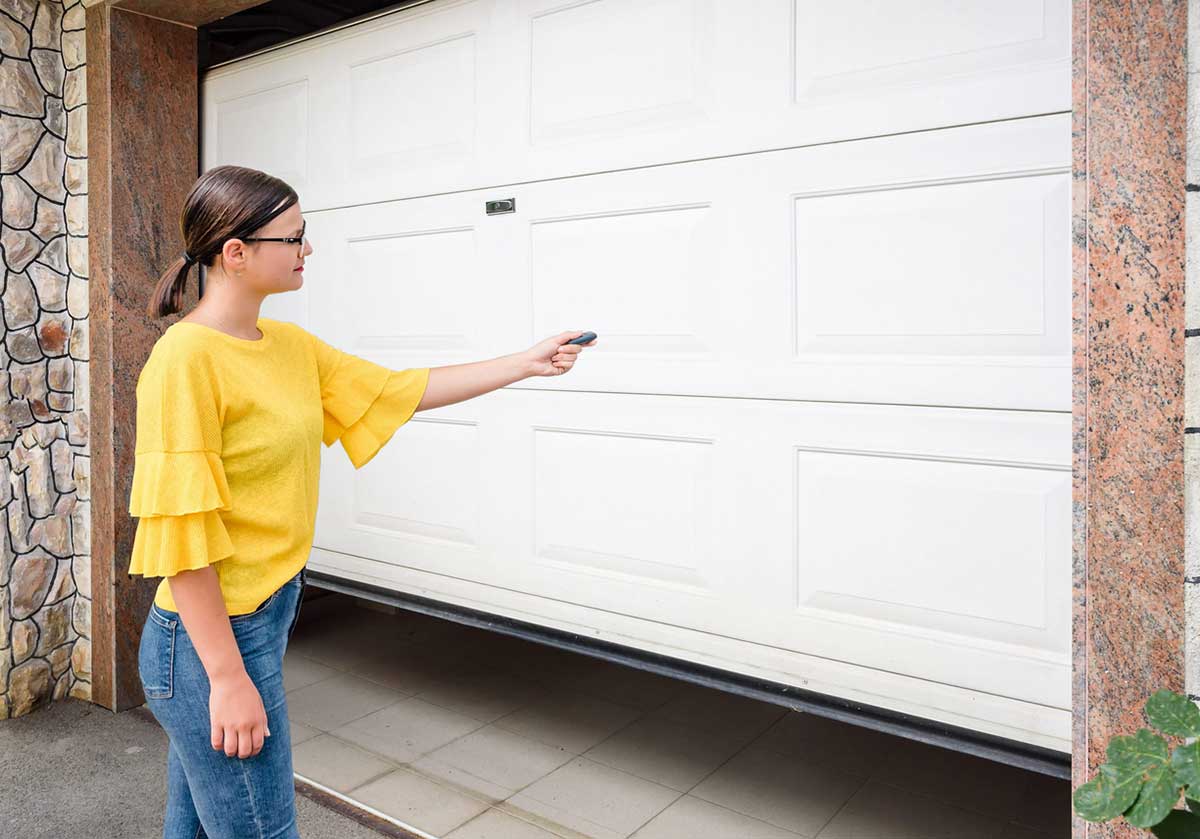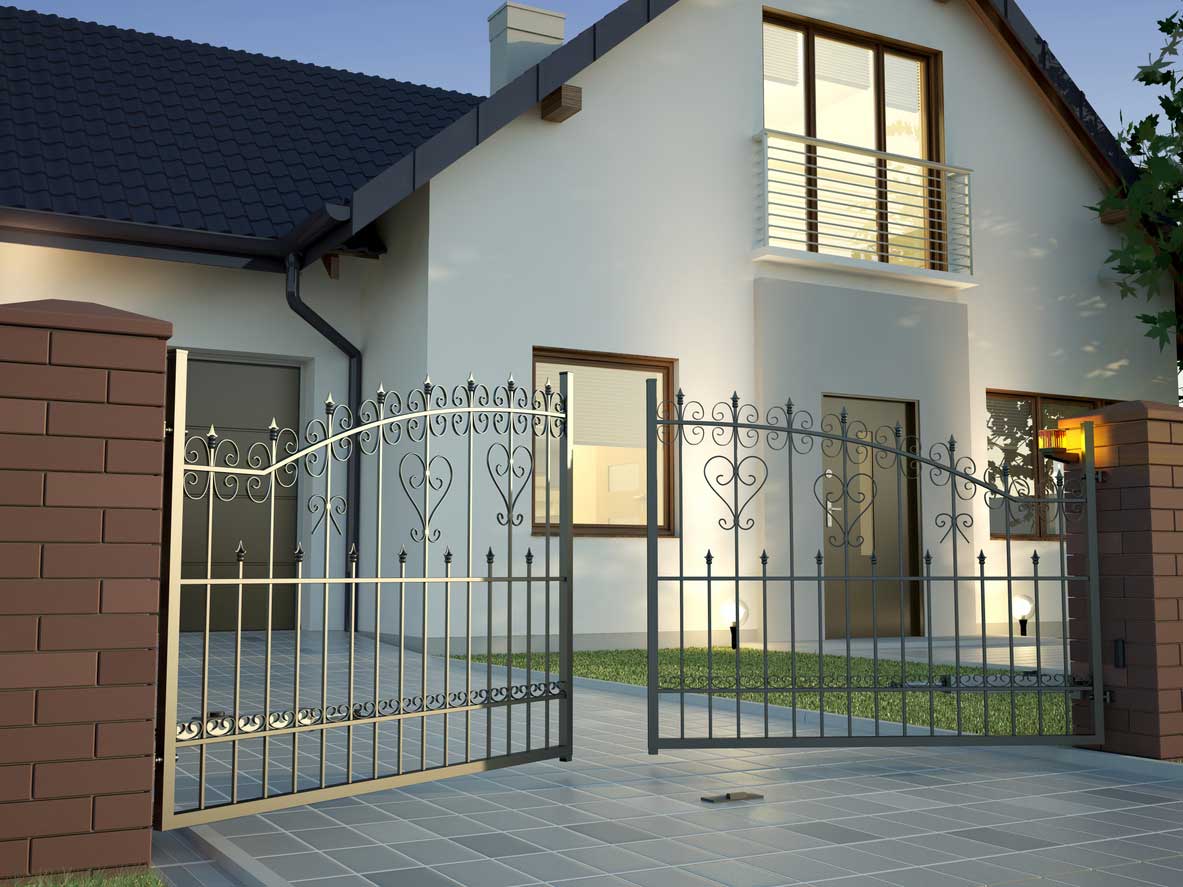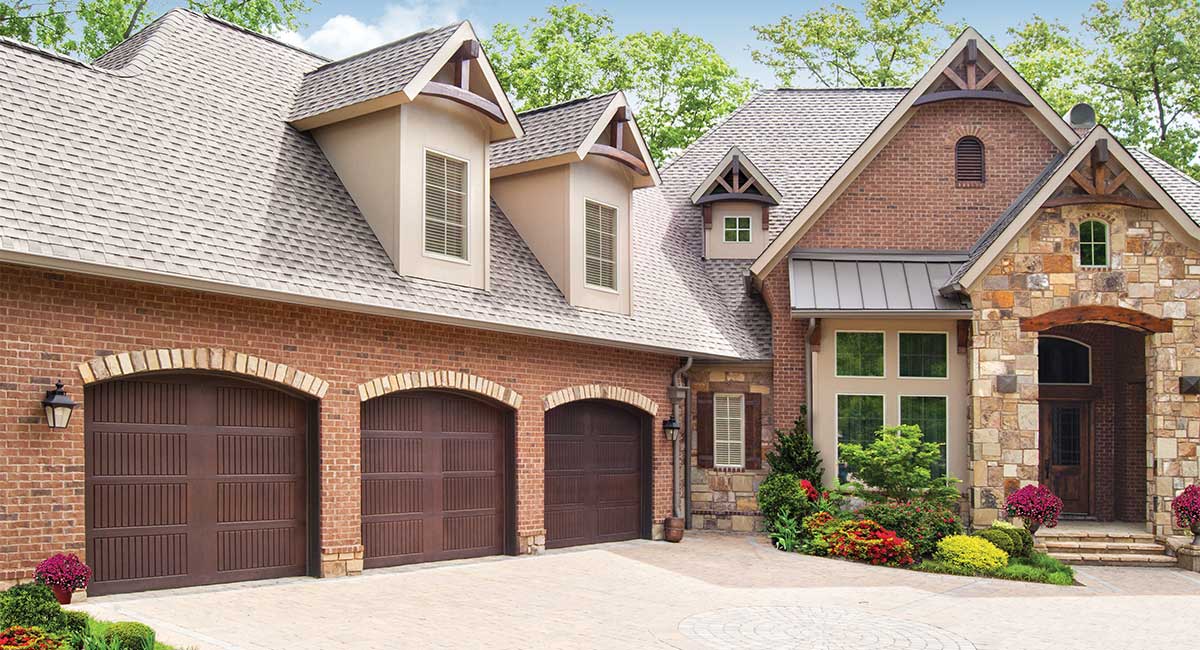A garage door opener that stops working can be a significant inconvenience, disrupting your daily routine and compromising the security of your home. Whether the opener is unresponsive, struggles to operate, or fails to function entirely, several potential issues could be at play. Here’s a comprehensive guide to help you troubleshoot and resolve problems with your garage door opener.
Common Reasons Why Your Garage Door Opener Isn’t Working
- Power Source Issues
- The most basic issue might be that the opener is not receiving power. This could be due to a tripped breaker, a blown fuse, or the opener being unplugged.
- Remote Control Problems
- Sometimes, the issue lies with the remote control rather than the opener itself. Dead batteries, interference, or a need for reprogramming can all cause remote issues.
- Blocked or Misaligned Sensors
- Safety sensors at the base of your garage door track can become blocked or misaligned, preventing the door from closing properly.
- Worn or Broken Parts
- Components like the springs, cables, or gears within the opener can wear out or break over time, leading to operational issues.
- Limit Settings
- If the opener’s limit settings are incorrect, the door might not open or close all the way. This setting tells the opener how far the door needs to move to close properly.
- Disrupted Signal
- Signal interference from nearby devices or structural elements can prevent the remote control signal from reaching the opener.
Troubleshooting Steps
1. Check the Power Source
- Ensure the Opener is Plugged In: Verify that the opener is securely plugged into a working outlet.
- Reset the Circuit Breaker: Check your home’s circuit breaker panel to ensure the breaker for the garage door opener hasn’t tripped. If it has, reset it.
- Inspect the Fuse: If your opener is connected to a fuse box, ensure the fuse hasn’t blown. Replace it if necessary.
2. Examine the Remote Control
- Replace the Batteries: If your remote control isn’t working, start by replacing the batteries.
- Reprogram the Remote: Sometimes, the remote needs to be reprogrammed to communicate with the opener. Refer to the opener’s manual for instructions on how to do this.
- Check for Interference: Ensure there are no obstructions or electronic devices nearby that could interfere with the remote’s signal.
3. Inspect the Sensors
- Clean the Sensors: Dirt and debris can block the sensors, preventing the door from operating correctly. Clean them with a soft cloth.
- Align the Sensors: Ensure that the sensors on either side of the door are properly aligned and facing each other. If they’re misaligned, adjust them until the indicator lights are steady.
4. Check for Worn or Broken Parts
- Inspect the Springs and Cables: Look for signs of wear or damage. Broken springs or frayed cables can prevent the door from operating.
- Lubricate Moving Parts: Apply a silicone-based lubricant to the rollers, tracks, and other moving parts to ensure smooth operation.
5. Adjust the Limit Settings
- Locate the Limit Adjustment Screws: These are usually found on the side of the opener. They control how far the door travels when opening and closing.
- Adjust as Needed: If the door doesn’t close completely, increase the down limit. If it doesn’t open fully, increase the up limit. Refer to the manual for detailed instructions.
6. Test the Opener Manually
- Disconnect the Opener: Pull the emergency release cord to disengage the door from the opener.
- Operate the Door Manually: Lift the door manually to check for any resistance or obstructions. If it’s difficult to move, the problem may be with the door’s hardware rather than the opener.
When to Call a Professional
If you’ve tried all the above steps and your garage door opener still isn’t working, it’s time to call a professional. Here are some scenarios where professional help is necessary:
- Electrical Issues: Problems with the wiring or circuit board should be handled by an electrician or a garage door technician.
- Broken Springs or Cables: These components are under high tension and can be dangerous to repair without the proper tools and expertise.
- Motor or Gear Problems: If the motor or gears inside the opener are worn out, a professional can diagnose and fix the issue safely.
Preventative Maintenance Tips
- Regular Inspections: Periodically inspect your garage door opener and its components for signs of wear and damage.
- Lubrication: Keep the moving parts of your garage door well-lubricated to reduce friction and wear.
- Sensor Cleaning: Regularly clean the safety sensors to ensure they function properly.
- Professional Tune-Ups: Consider scheduling annual maintenance with a professional to keep your garage door opener in optimal condition.
Conclusion
A non-functioning garage door opener can be a frustrating problem, but many issues can be resolved with some basic troubleshooting. By checking the power source, remote control, sensors, and other components, you can often identify and fix the problem yourself. However, for more complex issues or if you’re unsure about any aspect of the repair, it’s best to call a professional. Regular maintenance and timely repairs will ensure that your garage door opener continues to operate smoothly and reliably, providing you with convenience and security for years to come.




